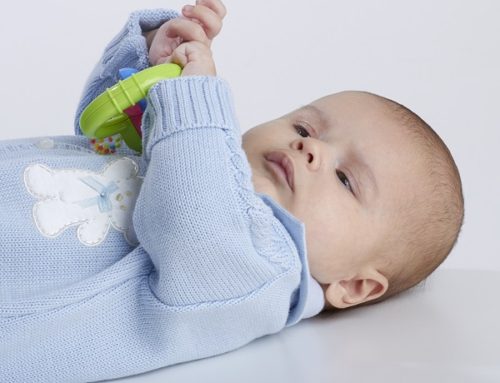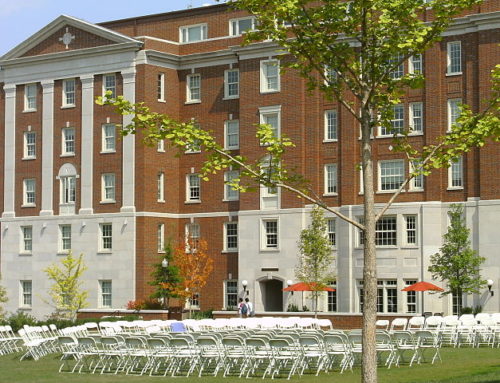“When systems fail, whether it’s the government or the markets or anything else, leaders often look for someone to blame. Jews have historically played that role.”
–Jonathan Greenblatt, Chief Executive of the Anti-Defamation League
Today’s New York Times highlights growing antisemitism from extremists on the Right and Left. The New York Times wrote the following: “For Jews in America, things are tense indeed. Next week’s midterm elections feel to some like a referendum on democracy’s direction. There is a war in Europe. The economy seems to be teetering. It is a perilous time, and perilous times have never been great for Jews.”
To put the threat to Jews in perspective, we need to recall the rise of Hitler. In the late 1920’s, the Nazi party garnered about 3% of Germany’s vote. The Great Depression catapulted Hitler and his Nazi party into power on Jan 30, 1933.
Social media has clearly made it easier to circulate hate speech. Kayne West, one of America’s most influential hip hop artists, posted antisemitic tweets on Twitter. West has 18.2 million followers on Instagram and 31.5 million on Twitter.
Rabbi Rick Jacobs, president of the Union for Reform Judaism wrote, “There is no doubt that the normalization of antisemitism in the highest echelons of our culture and our political establishment is putting toxins in our eyes and ears. It is dangerous and deadly. It has been unleashed and accelerated in the last few years.”
For many Jewish people across the country, the sense that overtly antisemitic rhetoric is emanating from so many spheres simultaneously is unsettling.
The Republican candidate for governor in Pennsylvania, Doug Mastriano, criticized his opponent Josh Shapiro for “sending his children to a Jewish day school.”
Donald Trump has a mixed record. At one level he has championed Israel’s right wing and on the other hand he has been reluctant to distance himself from groups that traffic in antisemitism.
There are divisions within the Democratic Party. On the one hand there are those that have traditionally supported Israel against a rising class of progressive activists and lawmakers who ally themselves with the Palestinian cause.
Rabbi Mosher Hauer, executive vice president of the Orthodox Union, wrote, “There is this constant discussion and debate as whether it is worse on the right or the left. There has been an ascendancy on the right, but there has also been a very significant uptick on the left, and the evolution of antisemitism on the left is a major development.”
A poll by the Public Religion Research Institute in 2021 found that almost a quarter of Republicans agreed that “the government, media and financial worlds in the U.S. are controlled by a group of Satan-worshipping pedophiles who run a global child-sex trafficking operation.”
Deborah Lipstadt, the United States special envoy for monitoring and combating antisemitism, wrote, “The Jew is seen as more powerful, the Jew is richer, and is smarter but in a malicious way.” She sees antisemitism as “the canary in the coal mine for a broader set of threats to democracy.”
A white nationalist rally in Charlottesville, Virginia in 2017, chanted, “The Jews will not replace us.”
In Texas, the Republican candidate for railroad commissioner, Wayne Christian, used a slogan, “Rememeber to vote for the only Christian on the ballot.” He was running against a Jewish opponent, Luke Warford.
Ken Burns documentary, “The U.S. and the Holocaust” detailed how American antisemitism affected the nation’s willingness to take in refugees fleeing Nazi persecution.
Conclusion
I have a deep-seated fear that a prolonged period of economic malaise will intensify antisemitism. The killing of eleven people at the Tree of Life Synagogue in Pittsburg in 2018 reminds us that hateful words can turn into violent actions.




